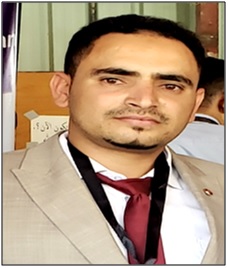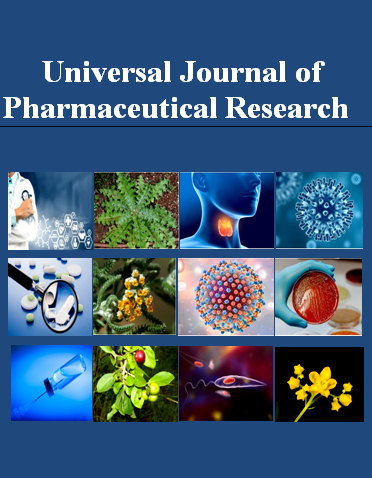DEEP BITE MALOCCLUSION: EXPLORATION OF THE SKELETAL AND DENTAL FACTORS
Keywords:
deep bite, dental factors, skeletal factors, YemenAbstract
Background and objective: A deep bite malocclusion may be due to skeletal and dental factors. The analysis of the etiological factors may have an influence on the treatment plan. The aim of this study was to exploration the most common dental and skeletal factors that contribute to deep bite malocclusion in Yemeni individuals, as well as the correlations between them.
Material and methods: a cross-sectional prospective study was conducted to evaluate 136 individuals with deep bites using study casts and lateral cephalometrics (62 males and 74 females), with ages ranging from 18 to 28 years, with the Onyx program used for analysis. The recorded data was collected, tabulated, and statistically analyzed by SPSS.
Results: The Gonial angle and Jarabak index form the highest contribution to skeletal deep bite (59.3%), and the least contributing factors were the decreased saddle angle (3%), followed by decreases in the inclination angle) Pn line- PP) (11.1%). On the other hand, the most contributing dental factor to the deep bite was an exaggerated curve of spee (63.5%), followed by a decreased clinical crown length of the Lower first molar (52.6%), and the least contributing dental factor was an increased clinical crown length of the maxillary incisors. There was more correlation between skeletal factors than dental factors.
Conclusion: Deep bite malocclusion was characterized mostly by counterclockwise rotation of the mandible and increased spee curve. Understanding the most common dental and skeletal contributors will help clinicians treat patients with deep malocclusions more successfully.

Peer Review History:
Received: 2 February 2023; Revised: 11 March; Accepted: 29 April 2023, Available online: 15 May 2023
Academic Editor: Dr. A.A. Mgbahurike , University of Port Harcourt, Nigeria, amaka_mgbahurike@yahoo.com
, University of Port Harcourt, Nigeria, amaka_mgbahurike@yahoo.com
Reviewers:
 Rola Jadallah, Arab American University, Palestine, rola@aauj.edu
Rola Jadallah, Arab American University, Palestine, rola@aauj.edu
 Dr. Khaled A AL-Haddad,Orthodontics, Pedodontics and Prevention Department Faculty of Dentistry, Sana'a University, Yemen, ya_haddadi@yahoo.com
Dr. Khaled A AL-Haddad,Orthodontics, Pedodontics and Prevention Department Faculty of Dentistry, Sana'a University, Yemen, ya_haddadi@yahoo.com
Downloads

Published
How to Cite
Issue
Section

This work is licensed under a Creative Commons Attribution-NonCommercial 4.0 International License.









 .
.